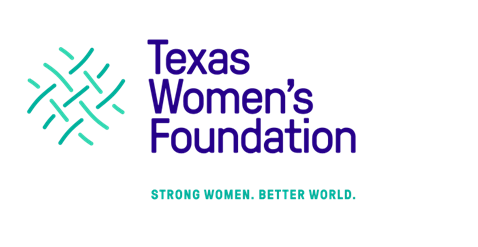Today concludes our spotlight on the key facts and recommendations from our latest research, Economic Issues for Women in Texas 2017, which focuses on the four critical building blocks necessary for women to achieve economic security – higher education, health insurance, child care and housing. Throughout the past few weeks, we learned that the median earnings of full-time working women with at least a bachelor’s degree are $19,000 higher than women with some college or an associate’s degree. That in our state, 2.2 million women and girls (16 percent) lack the financial protection of health insurance. And that the average yearly cost of full-time child care in Texas is between $7,000 to $9,000, depending on the age of the child. To conclude, we’ll examine housing, as a home is often the biggest financial asset that most women own, and can also be the biggest burden.
Housing
Housing is frequently the largest and highest priority expense in family budgets and provides the stability women need to access other opportunities, such as education and jobs. However, too-high housing costs are a heavy financial burden and leave too few remaining resources for other key areas of economic security. The “rule of thumb” for housing costs being too high is when a household spends 30 percent or more of its income on housing. Using this threshold, 20 percent of Texas homeowners and 44 percent of renters were burdened by housing costs in 2015. Our research found that female-headed families, women of color and renters are particularly vulnerable to a housing cost burden.
High housing costs and housing instability are frequently linked to food insecurity, and diminished health and educational outcomes for children. Frequent moving, also a sign of housing insecurity, is associated with many negative effects for children and adolescents in particular, including irregular health care and more frequent use of emergency rooms; problems in school, such as grade retention; higher rates of depression and increased teenage pregnancy rates. Not to mention, housing locations can have profound and long-lasting impacts on multiple aspects of well-being for women and families.
Federal, state and local policies all play a role in supporting housing as a building block of financial security for women and families. Recognizing the gap that many families experience between their monthly incomes and rents, the federal government provides rental assistance to over 278,000 households in Texas. The largest rental assistance program in Texas is the Housing Choice Voucher Program, which assisted over 142,000 Texas households in 2014. Eighty-four percent of these households were headed by women. Although much of the financial investment in housing comes from the federal government, the state plays an important role in establishing the policies and processes that ensure housing programs have the best outcomes for families. Texas cities are increasingly using a variety of strategies to both expand and preserve existing affordable housing.
Things You Should Know About Texas Women and Child Care
- 84 percent of Texas households that use housing vouchers to help pay for housing are headed by females. Many landlords refuse to rent to families who use vouchers.
- Women are at higher risk for eviction than men. Eviction has been connected to long-term negative effects on physical and mental health, and increases the risk of job loss and homelessness.
- Locating affordable housing developments in areas with less poverty provides improved health, mental health and educational outcomes for residents, as well as greater economic mobility.
What We Can Do Today
- State legislators can allow cities to pass local ordinances that protect low-income renters who use vouchers — the vast majority of whom are women — from housing discrimination.
- Local governments can use one of the proven, city-based strategies to increase and preserve affordable housing.
- The Legislature can reform the process of awarding tax credits through the Low Income Housing Tax Credit (LIHTC) program to minimize the influence of individual state representatives in determining which developments receive awards.
- Local governments can invest in legal services for women and families facing eviction.
We believe that by removing barriers to housing, we will strengthen women and their families, and provide them the means they need to succeed and achieve economic security. I encourage you to join us in our advocacy efforts, and share this update with your family, friends, co-workers and other networks. To contact your legislator, click here. To see the full report and findings for each building block, visit www.dallaswomensfdn.org/economicissues.
Together, we can influence and advance policies that will change the future for women and girls in our community, state and beyond. And when we are able to empower women and girls to achieve economic security, they will be the Strong Women who can – and will – build a Better World.
Sincerely,
Roslyn Dawson Thompson
